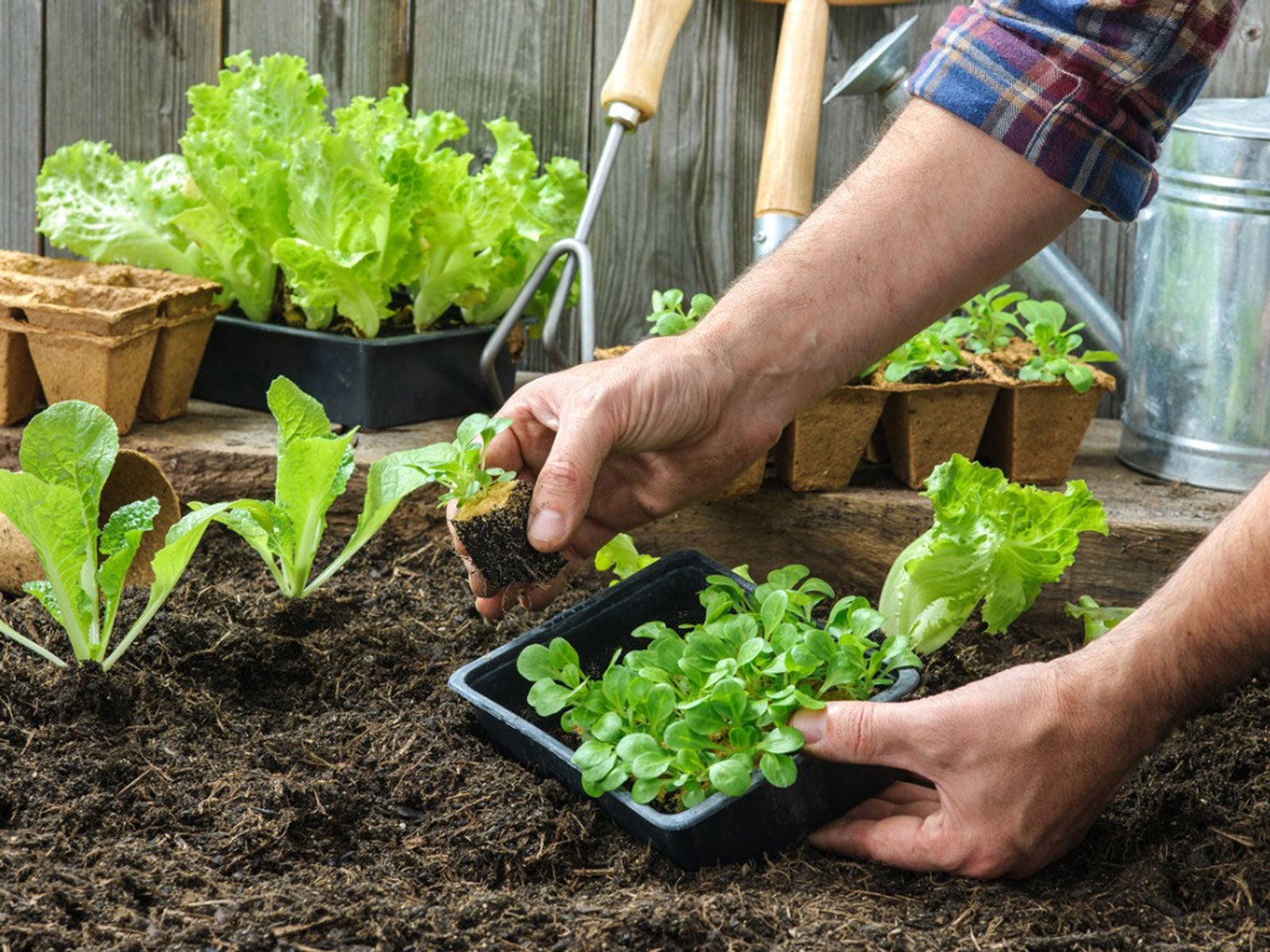Introduction
Starting a vegetable garden is a rewarding way to enjoy fresh, homegrown produce while connecting with nature. Whether you’re a beginner or an experienced gardener, knowing what to grow is essential for a thriving garden. This guide will help you select the best vegetables based on your climate, soil, and gardening goals. We’ll explore easy-to-grow varieties, seasonal planting tips, and expert advice to maximize your harvest.
Understanding Your Garden Environment
Assess Your Climate and Growing Zone
Before choosing vegetables, identify your USDA hardiness zone or local climate conditions. This knowledge helps determine which crops will flourish in your area and during which seasons. For example, cool-season vegetables like lettuce and spinach thrive in early spring or fall, while warm-season crops like tomatoes and peppers need summer heat.
Evaluate Soil Quality and Sunlight
Healthy soil rich in organic matter boosts vegetable growth. Test your soil pH (ideal range: 6.0-7.0) and improve it with compost or natural amendments. Most vegetables require at least 6-8 hours of direct sunlight daily. Select a garden spot accordingly to ensure optimal photosynthesis and yield.
Best Vegetables to Grow for Beginners
Easy-to-Grow, High-Yield Vegetables
Starting with low-maintenance crops builds confidence and guarantees success. Consider these vegetables:
- Tomatoes: Versatile and productive, tomatoes grow well in containers or garden beds.
- Lettuce: Fast-growing and perfect for multiple harvests.
- Radishes: Mature in as little as 3-4 weeks, ideal for quick satisfaction.
- Carrots: Require loose soil; excellent for root vegetable beginners.
- Green Beans: Bush varieties are simple to manage and produce abundantly.
Benefits of Growing These Vegetables
These crops are resilient, less prone to pests, and have clear planting guidelines. They also provide nutritious, fresh options for your kitchen and help you learn essential gardening skills.
Planning Your Vegetable Garden Layout
Crop Rotation and Companion Planting
Rotate crops yearly to prevent soil depletion and reduce disease risks. For example, follow heavy feeders like tomatoes with legumes that fix nitrogen in the soil.
Companion planting enhances growth and pest control. Plant basil near tomatoes to improve flavor and deter insects. Marigolds can protect many vegetables by repelling harmful nematodes.
Space and Planting Time
Use seed packets or gardening resources to space plants properly, ensuring airflow and sunlight access. Stagger planting times to extend harvest periods and avoid overwhelming your garden simultaneously.
Seasonal Vegetable Growing Guide
Spring and Fall Vegetables
Cool-season crops such as broccoli, cabbage, kale, and peas thrive in these seasons. They tolerate light frosts and often have sweeter flavors after cool nights.
Summer Vegetables
Warm-season vegetables like cucumbers, eggplants, peppers, and squash require consistent heat and sunlight. Mulching helps retain soil moisture during hot months.
Expert Tips for a Successful Vegetable Garden
- Start with quality seeds or seedlings: Choose disease-resistant varieties suited to your region.
- Water consistently: Most vegetables need about 1 inch of water per week.
- Mulch your garden: Mulching suppresses weeds and conserves moisture.
- Monitor for pests early: Use organic methods like neem oil or insecticidal soap to manage infestations.
- Keep a gardening journal: Track planting dates, growth progress, and harvest yields to improve over time.
Conclusion
Growing a vegetable garden offers fresh flavors, health benefits, and personal satisfaction. By understanding your local climate, selecting beginner-friendly vegetables, and planning your garden thoughtfully, you set yourself up for success. Remember, gardening is a learning journey—embrace experimentation and enjoy the process. Start small, stay consistent, and watch your vegetable garden flourish season after season.
